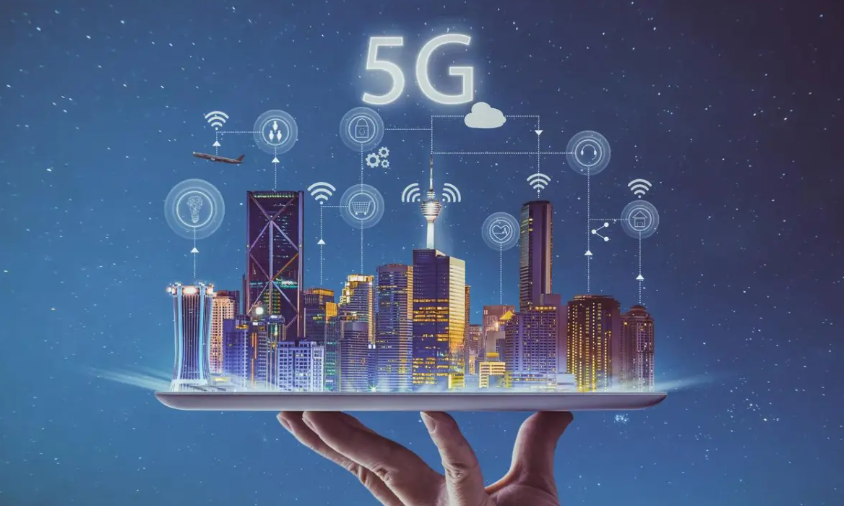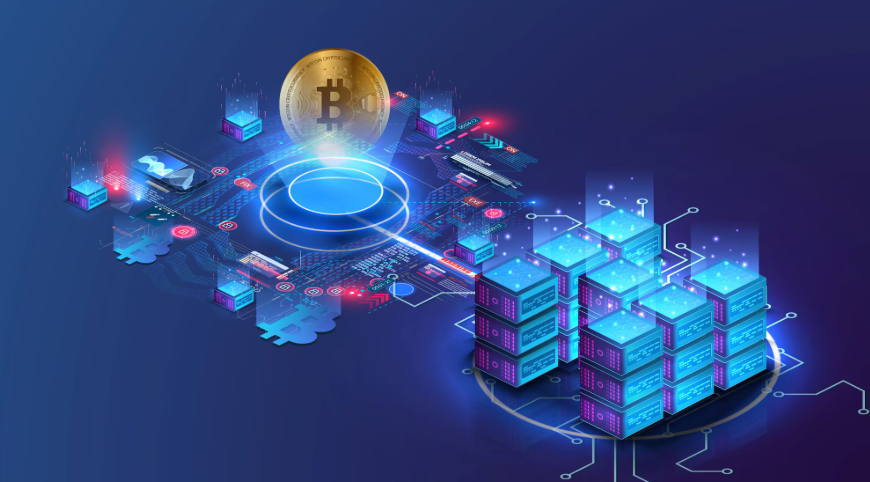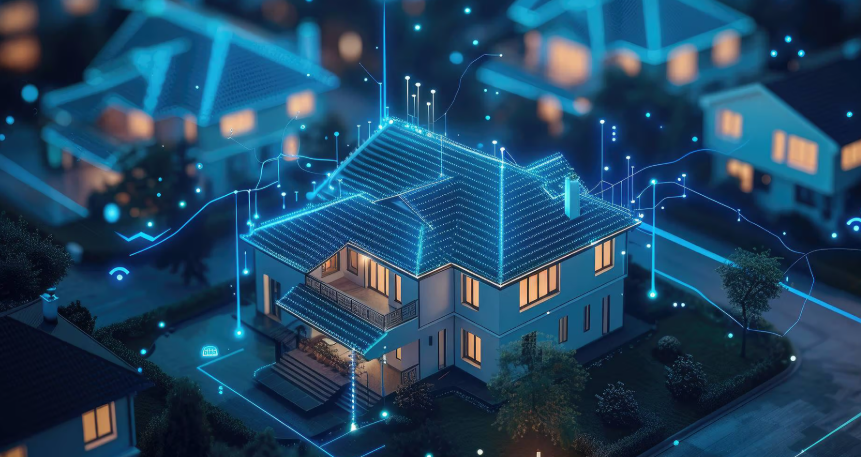The world of communication is evolving at an unprecedented rate, and at the heart of this transformation is 5G technology. With the promise of faster speeds, greater connectivity, and reduced latency, 5G has the potential to revolutionize how we interact, work, and live. In this article, we will dive deep into what 5G technology is, its key features, benefits, challenges, and the profound impact it will have on the future of communication.
What is 5G Technology?
5G stands for the fifth generation of wireless technology, succeeding 4G (LTE). This next-gen network promises to deliver ultra-fast internet speeds, low latency, and reliable connectivity for a wide range of devices. While 4G provided significant improvements over 3G, 5G takes this leap even further, offering speeds up to 100 times faster than 4G.
See also: The Future of Artificial Intelligence: How AI is Shaping Our Lives
Key Features of 5G
- Faster Speeds: 5G can deliver download speeds of up to 20 Gbps, compared to 4G’s 1 Gbps.
- Low Latency: Latency (the time taken for data to travel between devices) is reduced to as low as 1 millisecond.
- High Capacity: 5G can support millions of devices in a small area, ensuring stable connectivity even in crowded spaces.
- Network Slicing: 5G allows for customized networks for different needs, providing optimized performance for various use cases.
The Potential Impact of 5G on Communication
The transition from 4G to 5G will profoundly affect how we communicate, collaborate, and interact with technology. The faster speeds and lower latency will enhance existing applications and make new ones possible. Let’s explore some of the most exciting ways 5G will transform communication.
1. Enhanced Mobile Broadband
With 5G, mobile users can expect blazing-fast download and upload speeds. This means quicker streaming, smoother video calls, and faster app downloads. High-definition content, like 4K and 8K videos, will become more accessible without the buffering issues associated with current technologies.
2. Real-Time Communication with Low Latency
One of 5G’s standout features is its low latency, which will enable real-time communication with minimal delays. This is particularly critical for applications like remote surgeries, autonomous vehicles, and augmented reality (AR) experiences. The delay in communications will be almost imperceptible, creating seamless interactions.
3. The Rise of the Internet of Things (IoT)
5G will also facilitate the growth of the Internet of Things (IoT), where everyday objects are connected to the internet and can communicate with one another. With its ability to handle massive numbers of connected devices, 5G will support smart homes, connected vehicles, industrial IoT systems, and more. This interconnectedness will transform how we interact with the physical world.
4. Revolutionizing Business Communications
Businesses will benefit greatly from 5G, enabling more efficient remote working solutions, cloud computing, and better collaboration tools. With faster internet speeds and reliable connectivity, companies can operate more seamlessly, reduce downtime, and improve customer experiences.
5G’s Role in the Development of Smart Cities
5G will play a pivotal role in the development of smart cities, where everything from traffic lights to public transportation systems is interconnected and optimized. With 5G’s high-speed connectivity, smart cities can offer more efficient traffic management, improve energy consumption, and enhance public safety through real-time monitoring.
The Benefits of 5G Technology
The implications of 5G extend far beyond faster speeds. Let’s explore some of the top benefits it offers.
1. Improved Connectivity and Coverage
One of the biggest challenges with previous generations of mobile technology was maintaining a strong signal in densely populated or rural areas. 5G aims to address this with its small cell technology, which will allow for better coverage in urban environments and even remote areas.
2. Empowering Innovation
5G is not just about faster internet; it is about enabling new technologies. Innovations like autonomous vehicles, smart grids, and immersive AR and VR experiences will become a reality with 5G. These technologies will fundamentally change how we work, live, and interact with the world.
3. Enhanced User Experience
Whether it’s faster response times for applications, richer video content, or more stable connectivity during high-demand situations, 5G is designed to improve the overall user experience. People can enjoy high-definition streaming and participate in virtual meetings with no noticeable lag.
4. Better Support for Virtual and Augmented Reality
The integration of AR and VR into our daily lives will be accelerated by 5G’s fast speeds and low latency. From immersive gaming to virtual meetings, 5G will make AR and VR experiences smoother and more lifelike, enabling us to interact with the digital world in new and exciting ways.
Challenges in the Implementation of 5G
While the promises of 5G are exciting, the technology does face several hurdles to widespread adoption.
1. Infrastructure Development
The rollout of 5G requires a significant upgrade to existing network infrastructure. This includes the installation of new 5G towers, antennas, and small cell networks to handle the increased demand for bandwidth and capacity. In many areas, this means a major investment in infrastructure that may take time to complete.
2. Spectrum Availability
5G relies on a broad spectrum of radio frequencies, many of which are not yet available for commercial use. Governments and regulatory bodies must work together to allocate these frequencies, which can be a lengthy process.
3. Security Concerns
With the rise of 5G’s interconnected devices and applications comes the potential for new security threats. Hackers could exploit vulnerabilities in connected systems, leading to concerns over data privacy and network security. As 5G networks become more widespread, the focus on ensuring secure and encrypted communications will intensify.
4. Cost of Deployment
The deployment of 5G technology is expensive. Network operators need to invest heavily in infrastructure upgrades, which could translate to higher costs for consumers. These expenses might take years to recover, which could delay the wide availability of 5G services in some regions.
5G and Global Connectivity: A Look Ahead
As 5G networks continue to roll out, they will contribute to greater global connectivity. Countries that can quickly adopt 5G will see a competitive advantage in terms of innovation and technological advancements. For regions that face barriers to adoption, such as limited infrastructure or regulatory challenges, 5G’s full potential may take longer to materialize.
FAQs About 5G Technology
1. What is the main benefit of 5G over 4G?
5G offers significantly faster internet speeds, lower latency, and the ability to support a larger number of connected devices compared to 4G.
2. Will 5G be available worldwide?
While 5G is being rolled out globally, availability will vary by region. Some countries have already implemented 5G networks, while others are still in the process of upgrading infrastructure.
3. How fast is 5G compared to 4G?
5G can deliver speeds up to 100 times faster than 4G, with download speeds reaching up to 20 Gbps.
4. Will 5G affect my phone’s battery life?
Because 5G networks require more power to maintain the connection, users may experience slightly faster battery drainage. However, advancements in battery technology are expected to mitigate this issue over time.
5. Is 5G safe?
Yes, 5G has been extensively tested for safety. Regulatory agencies such as the World Health Organization and the U.S. Federal Communications Commission have deemed it safe for public use.
6. How will 5G impact industries like healthcare?
5G will revolutionize healthcare by enabling telemedicine, remote surgeries, and real-time health monitoring, improving patient outcomes and expanding access to care.
Conclusion: The Future of Communication is 5G
5G technology is set to redefine the future of communication, offering faster speeds, lower latency, and more reliable connections. As we continue to integrate 5G into our lives, it will unlock new possibilities for innovation, business, and everyday interactions. While challenges remain in its deployment, the potential for transformative change is undeniable. From smarter cities to revolutionary business practices, 5G is laying the foundation for a new era of communication that will shape our world for decades to come.



